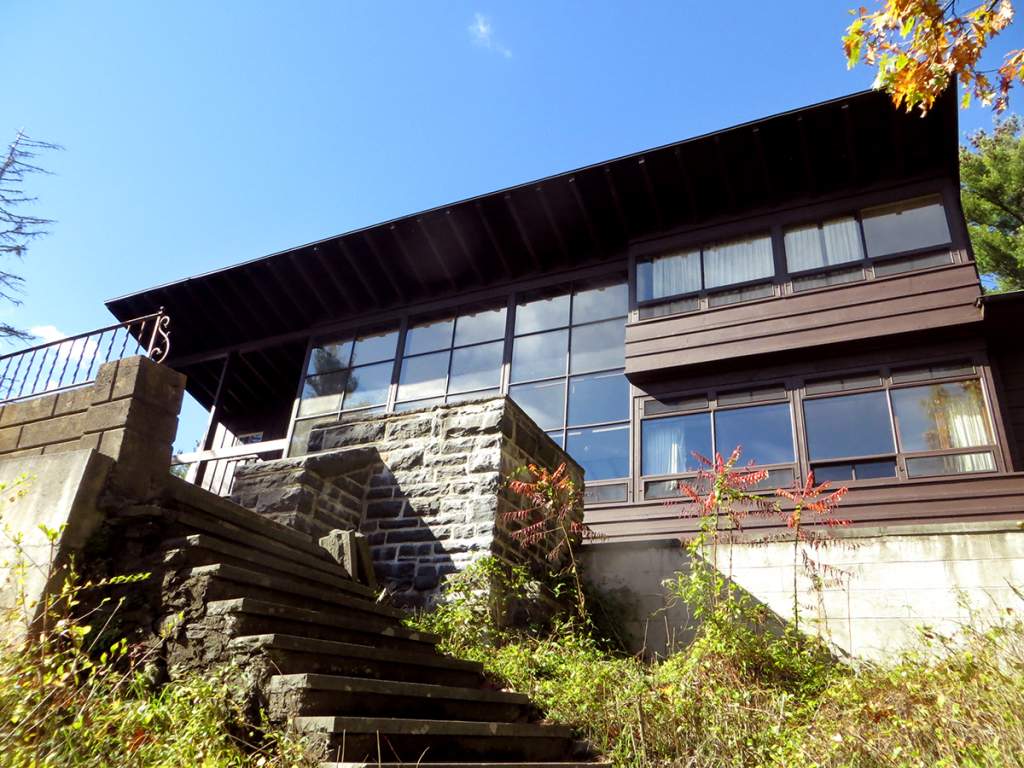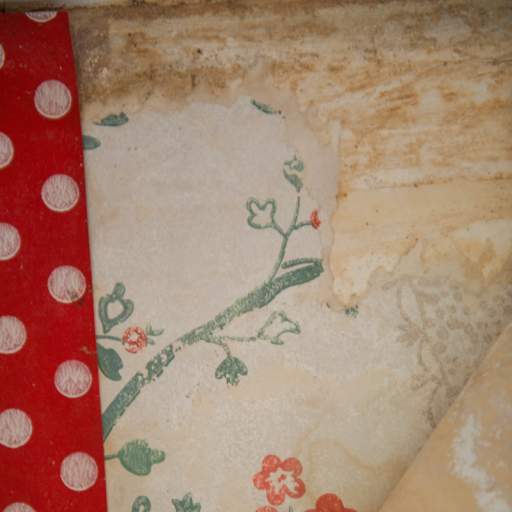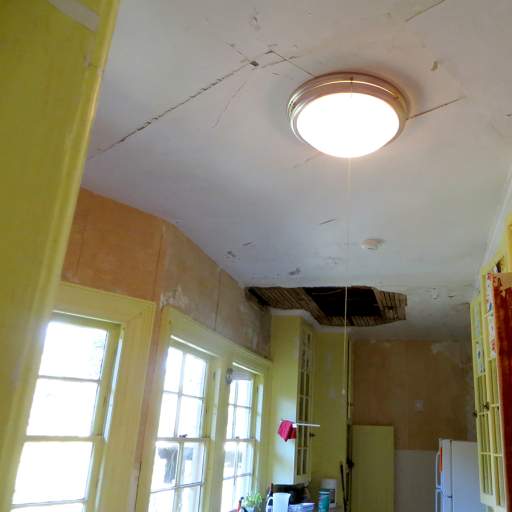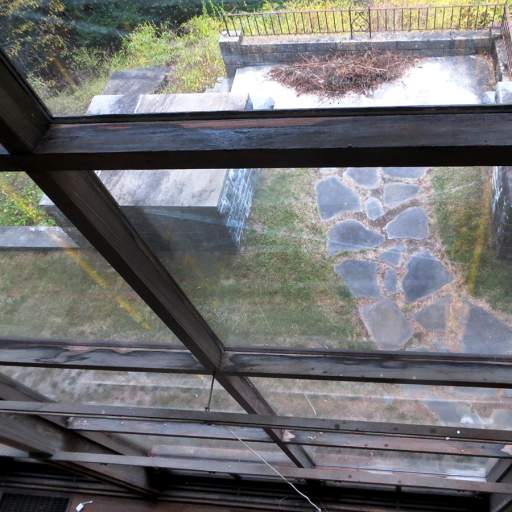The Ramirez Solar House | Part 1b
March 9, 2016
An introduction to the Ramirez Solar House
by Marie T. Carone, AIA, LEED AP
One of the out-of-the-mainstream historic properties that I’ve had the opportunity to tour recently is the Ramirez Solar house. Nestled within the Delaware Water Gap National Recreation Area (NJ / PA) the house is owned by the National Park Service and leased by the Ramirez Solar House non-profit organization, working to restore this early solar house and the 120 acre cultural landscape that surrounds it. This home is history embodied as each of the structures discussed in the previous section are, but here, history is laid bare – it has been brought to and is provoked by the present day. It is not yet fully restored and as a matter of fact, is in the beginning phases of restoration: an analysis of existing conditions and the beginning phases of its cultural landscape report or master plan have recently begun. Here, the scars of the past are still visible in layers of wallpaper, in the bad replacement light fixtures, in the vinyl kitchen floor tile and damaged plaster. We are allowed the profound privilege of viewing this home in a judgmental way: can you believe they did this or that?
Purchased by the National Park Service in 1986 - the house was left unoccupied for nearly 30 years, and unsurprisingly, unoccupied buildings suffer terrible damage such as lack of maintenance, vandalism, the over-growth of vegetation and pest infestation, but also damage resulting from the humid mid-Atlantic climate with intense freeze-thaw cycles. At the Ramirez Solar House, pipes had burst, portions of the roof failed, the exterior wood siding was compromised in certain areas, and on. (Can you believe they did THAT: that this house was abandoned?)
I’ve had the good luck and honor to experience this house in this raw state and in some small way, contribute to its future splendor. I have been fortunate to participate and witness, in some small way, the unveiling of evidence of who we were in an intimate way. I’ve seen the honesty of “mistakes” made by previous owners working to “modernize” their castle. While this has been a profoundly visceral experience, it is not the reason I’m writing today. Rather, I’d prefer to turn attention to the cultural significance of another aspect of this home: its passive solar design and construction.
Mid-Century passive solar homes are extremely rare. The technology was just developing and consumers were uneducated on why it this is important, how a passive solar home performs, and how to achieve such. This is what makes the Ramirez House important and contributes to its cultural value: it is both mid-century and passive solar; both historic and a very early example of sustainable design and construction. It is known as among the first solar homes in the USA.
Next week in Part 2: a brief history of the Ramirez Solar House



